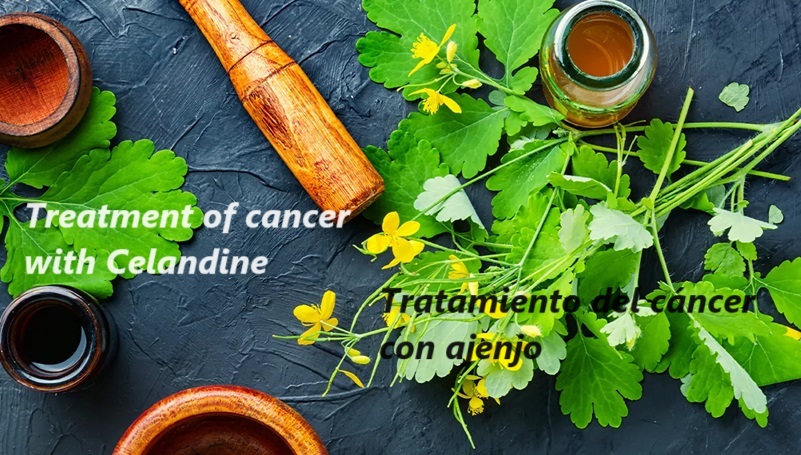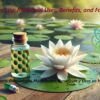When the function of the salivary glands is disrupted, salivary ducts become blocked, which in turn prevents saliva from entering the oral cavity. The first symptom of this condition is usually the appearance of swelling in the salivary gland.
Various problems can disrupt the normal function of the salivary glands. A salivary gland cyst is one of these issues, arising from trauma, bacterial infections (such as sialadenitis), viral infections (like mumps, cytomegalovirus, HIV, Epstein-Barr virus, etc.), or the formation of a salivary stone that blocks salivation. Some children are born with congenital parotid gland cysts, often linked to ear formation pathologies during fetal development.
A cyst appears as a protruding soft bump that usually interferes with speaking or eating.
Treatment of Salivary Gland Cysts with Folk Remedies
If the cyst is caused by stones, treatment should start with their removal. Warm oil or alcohol compresses can be applied to the cyst area. Sucking on sour candies for prolonged periods can also increase saliva production.
If the cyst results from an infection, the primary step is to eliminate the infection that caused it. Bacterial infections can only be treated medically with a course of antibiotics.
If the above measures are insufficient, surgical intervention may be necessary to remove the stone or the affected gland. Surgery is typically indicated when the cysts have reached significant sizes. For dry mouth, rinsing with herbal infusions like chamomile, calendula, and mint, and drinking mineral water can be helpful. However, medicinal treatments prescribed by a doctor are also necessary.
The oral cavity can be treated with a weak solution of baking soda (0.5 teaspoons of soda per glass of water). Additionally, a weak solution of potassium permanganate (light pink in color) can be used. Antibiotics are prescribed simultaneously.
If the process has reached a purulent stage, an antimicrobial agent is injected into the tissue of the salivary gland and its duct. In severe cases, surgery is again necessary to remove the pus, followed by antiseptic treatment and drainage.







